A local EV with regional ambition
A wind of change could soon sweep Saudi streets: Ceer EV, Saudi Arabia’s homegrown electric-vehicle project, says it will start producing cars by late 2026 — a move designed to make electric driving affordable and resilient to desert heat. This effort is led by a PIF–Foxconn joint venture and backed by major global suppliers, promising local jobs and a new industrial ecosystem.
The factory, partners and the plan
Ceer has built a $1.3 billion manufacturing complex at King Abdullah Economic City (KAEC) and plans a phased ramp-up that targets an annual plant capacity of up to 240,000 vehicles. The company was launched in November 2022 and has since signed dozens of supplier deals and memorandums to localize parts and services.
The car family will start with an SUV and a compact family sedan in 2026, expanding to seven models by 2029 across several market segments. Ceer says its design and engineering work includes licensed technology from BMW and partnerships for electric drive systems with firms such as Rimac and Hyundai Transys.
What the Ceer EV cars will aim to offer
Ceer is building vehicles tuned for Gulf conditions: robust cooling systems, dust-resistant builds, and thermal management for batteries to preserve range in extreme heat. Company leaders say the goal is practical ranges in excess of 500 km in real-world desert conditions and fast-charging capability — though final specs may still evolve as prototypes move through validation.
Industry commentary notes Ceer’s ambition is twofold: compete on price and on climate suitability. Analysts expect Ceer to position itself below premium imports, offering everyday Gulf drivers a lower-cost EV option tailored to local needs.
Economic impact — Jobs, localization and investment
Officials and project documents say the venture will be a sizeable economic engine. The Public Investment Fund and Ceer management project up to 30,000 direct and indirect jobs over the next decade and a direct GDP contribution of roughly $8 billion by 2034. Local supplier contracts announced so far total billions of Saudi riyals and include more than 250 local firms.
| Impact Category | Projected Outcome | Timeline |
|---|---|---|
| Jobs Created | Up to 30,000 (direct + indirect) | By 2034 |
| GDP Contribution | ~US$8 billion | By 2034 |
| Localization Rate | Target ~45% of components | From 2026 |
| FDI & Supplier Deals | SAR 5.5–8.2 billion in signed deals | 2024–2025 |
(Company and PIF disclosures; press coverage.)
Voices on the record
Jim DeLuca, Ceer’s CEO, told Arab News that “we’re not just starting a car company. We are igniting the automotive industry,” and outlined how tier-one suppliers and local tier-two companies will co-locate around KAEC to support just-in-time production. He also confirmed the plant’s production targets and the phased equipment installation timeline.
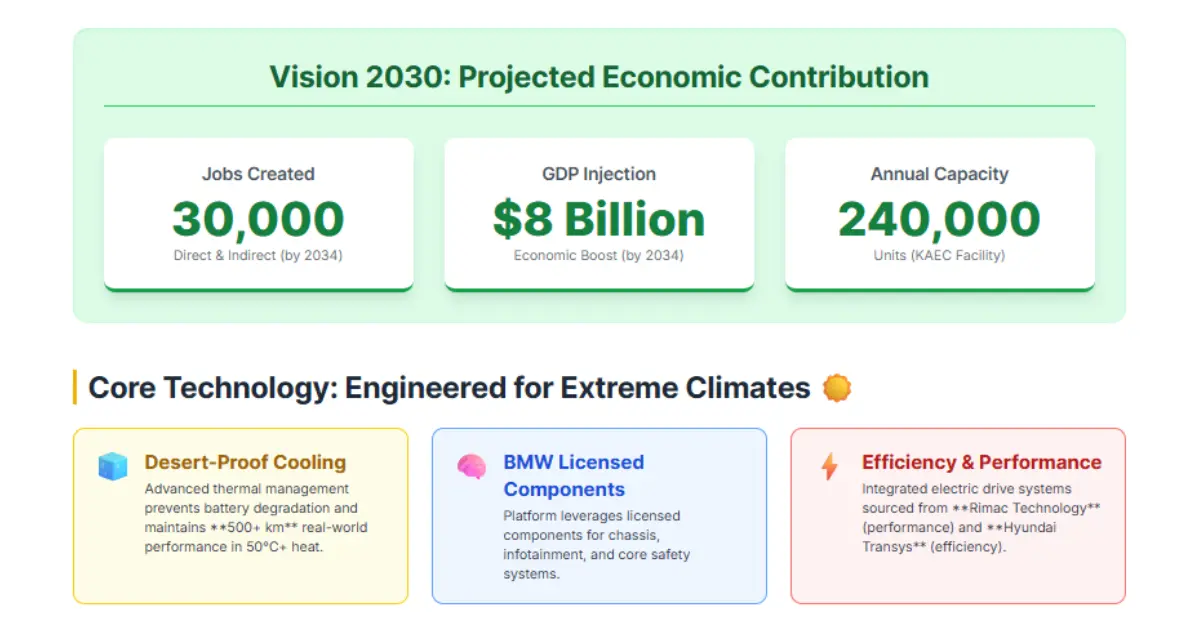
The Public Investment Fund’s launch materials emphasize Ceer’s role in Vision 2030: industrialization, technology transfer and reduced dependence on imports. The PIF statement also highlights licensing partnerships with established OEM tech providers.
Competition and challenges
Ceer aims at a different lane from luxury entrants: instead of premium, high-price electric sedans, it targets the mass market. That makes charging infrastructure, raw material access, and competitive pricing crucial. Even with strong state support, analysts warn about supply-chain bottlenecks, global battery material constraints, and the need for robust incentives to drive consumer adoption.
Saudi auto market jumps 11.6% in H1 2025 — can the kingdom hit 1.04M cars this year?
Export strategy and regional role
Beyond Saudi borders, Ceer plans to export to GCC and broader MENA markets. Executives say initial export volumes could reach 20–30% of production by 2027, capitalizing on regional free-trade arrangements and growing charging networks — notably the UAE’s rapid charging roll-out. Partnerships for charging integration are already being pursued.
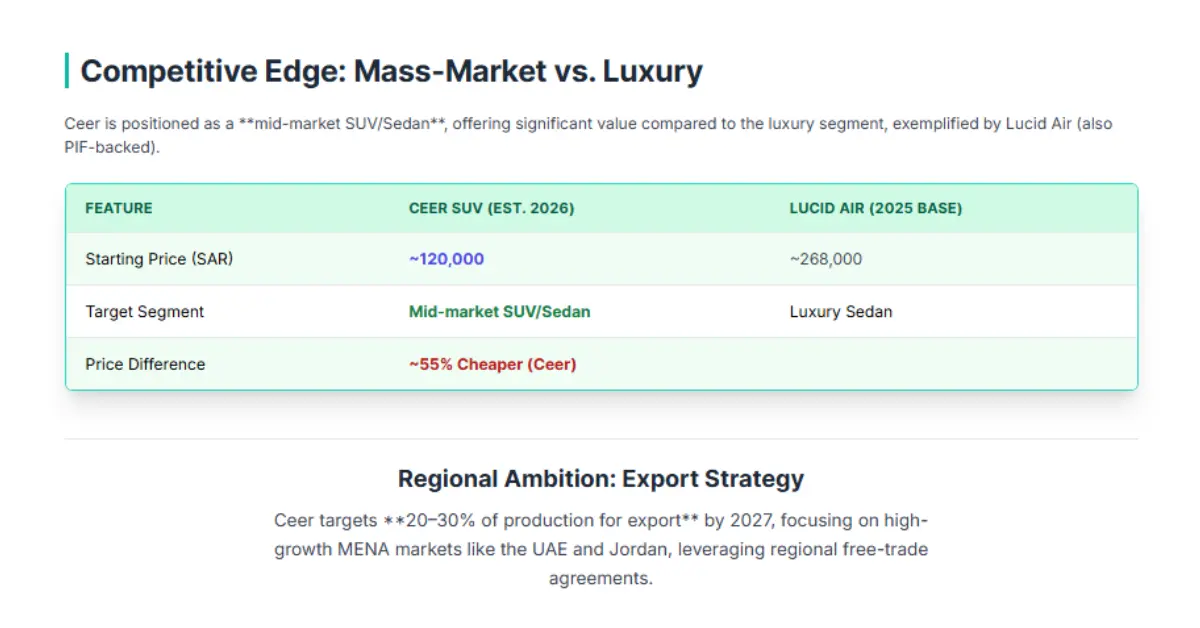
What to watch next — milestones and risks
Key milestones to follow: completion of plant construction and equipment installation in 2024–2025, validation builds in early 2026, and first salable vehicles in Q4 2026. Market uptake will hinge on competitive pricing, government incentives, and expansion of charging infrastructure across Saudi cities. Observers say that if those elements align, Ceer could capture a meaningful slice of the region’s EV market by 2030 — but delays or global supply shocks could slow progress.
Conclusion of Ceer EV— A national push, not just a car
Ceer EV is more than a new model line — it’s a national industrial bet on electric mobility. If the plant hits its targets and the supply chain matures, Ceer could lower EV costs for everyday Gulf drivers and turn Saudi Arabia into an EV exporter. Experts caution the next 18–36 months will decide whether the program converts ambition into a lasting manufacturing reality. Share this story if you think the Gulf’s mobility is about to change

Hey, I’m Arafat Hossain! With 7 years of experience, I’m all about reviewing the coolest gadgets, from cutting-edge AI tech to the latest mobiles and laptops. My passion for new technology shines through in my detailed, honest reviews on opaui.com, helping you choose the best gear out there!
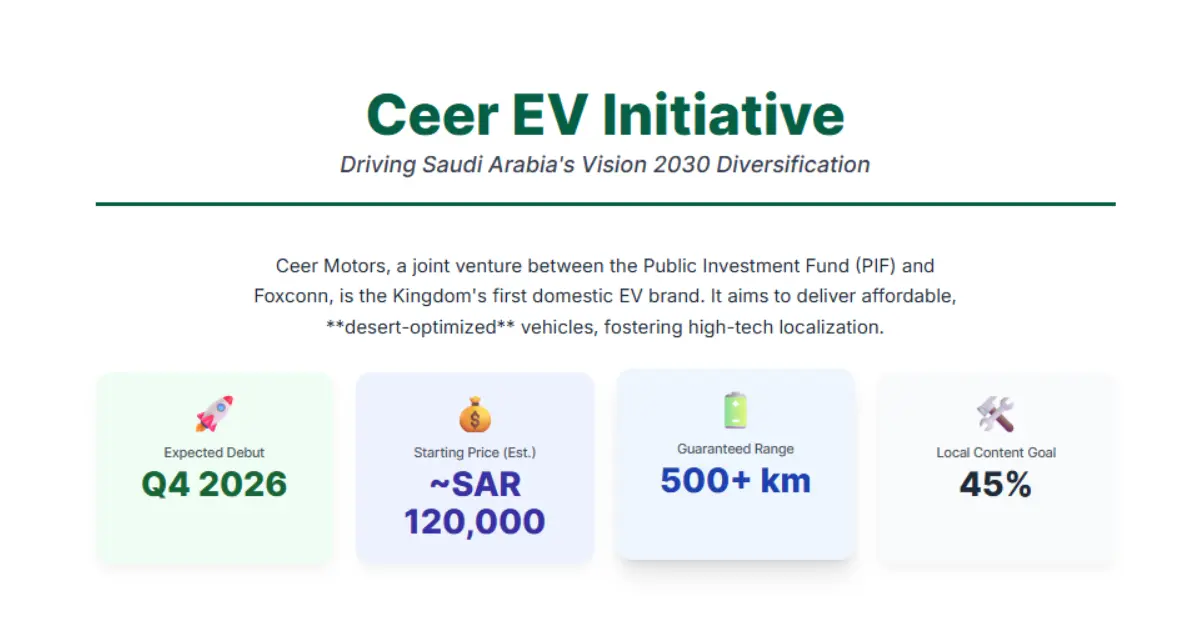


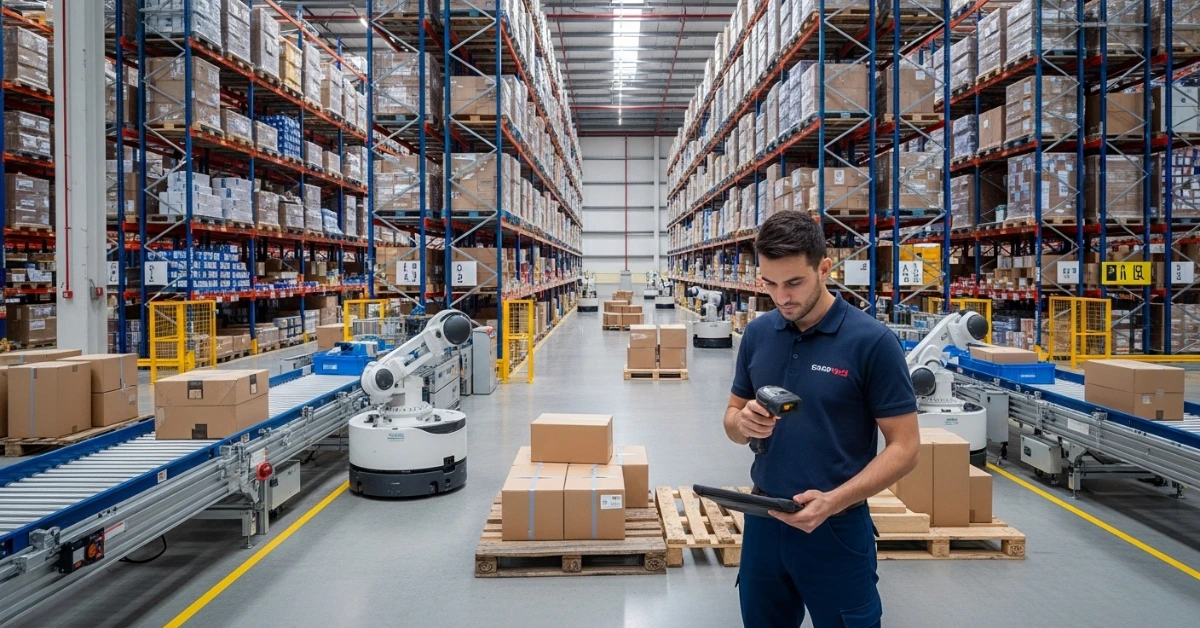
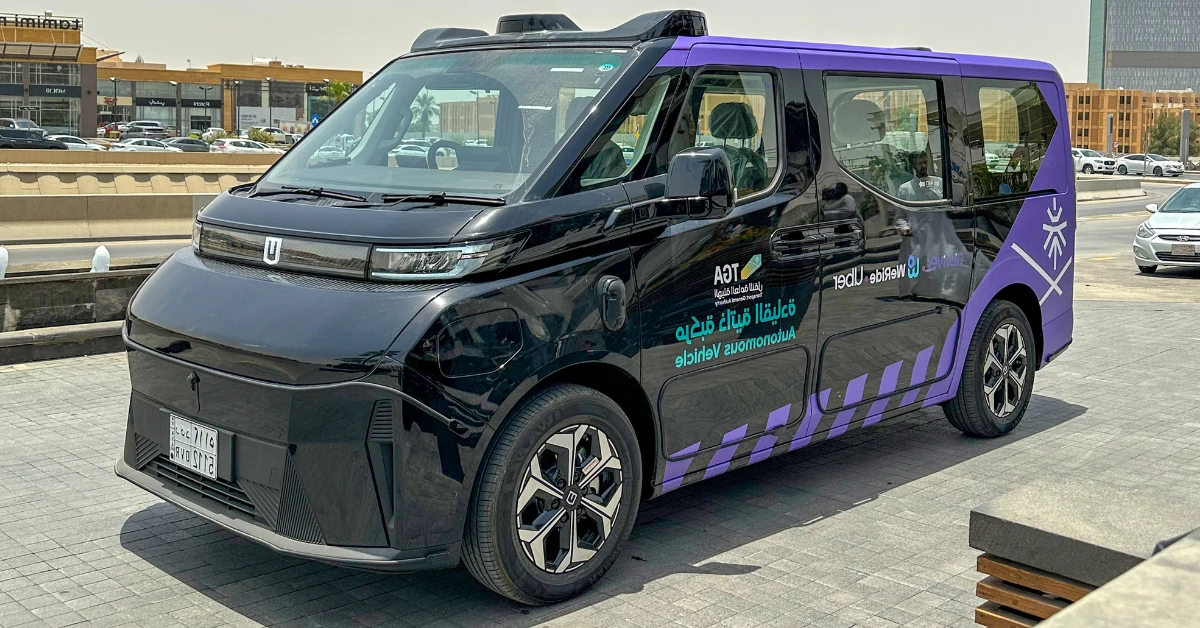
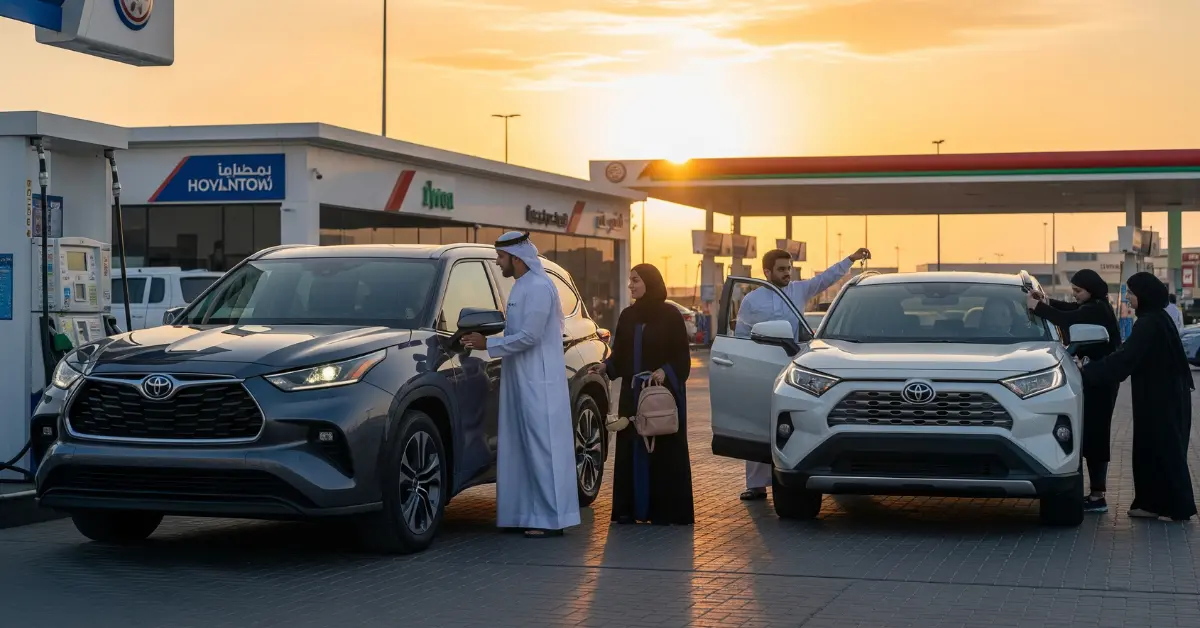
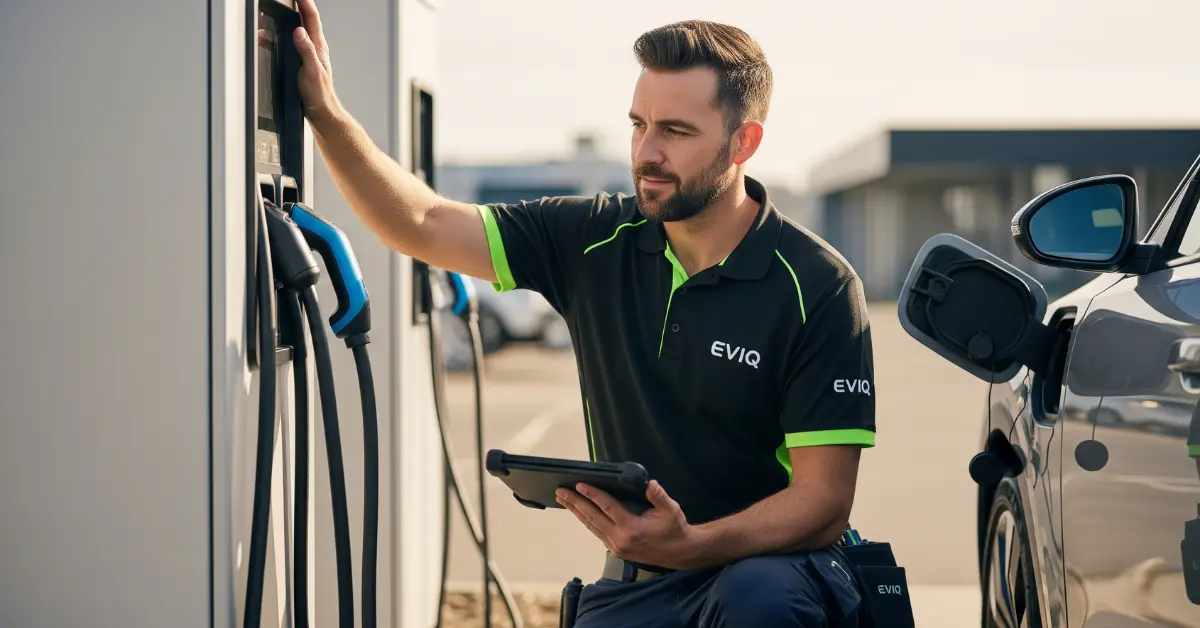
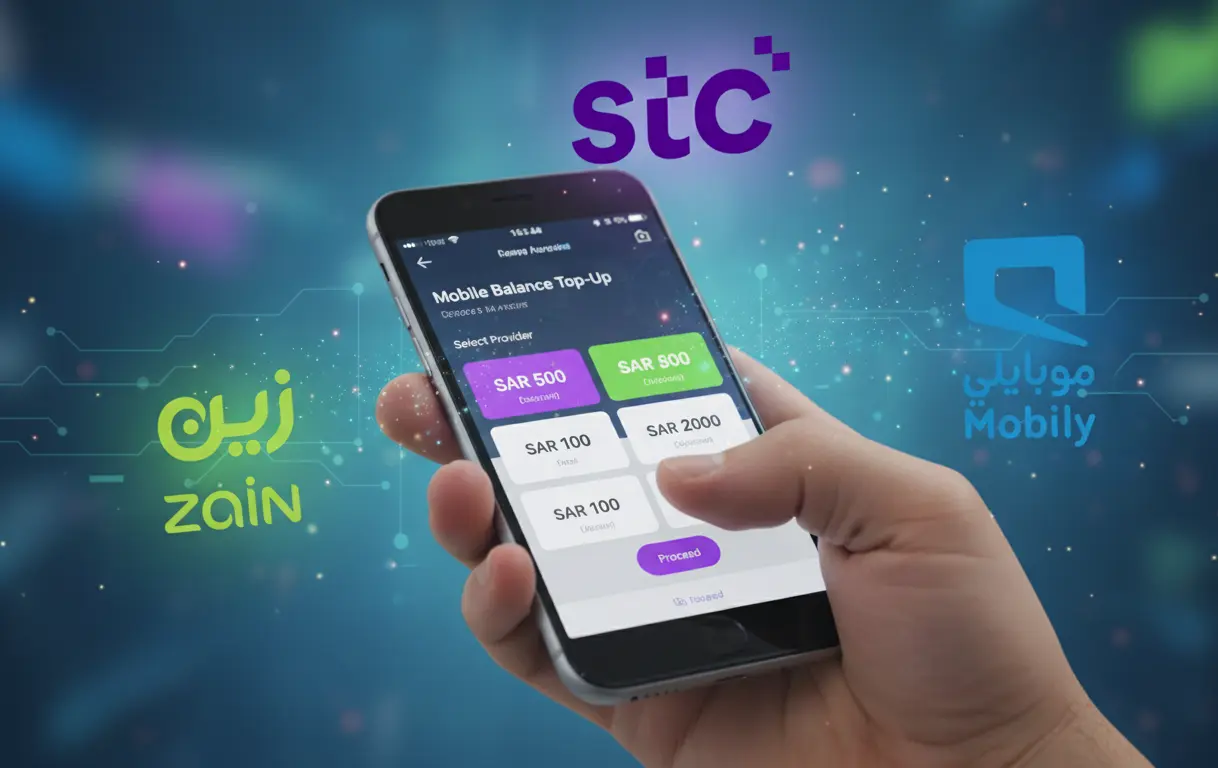


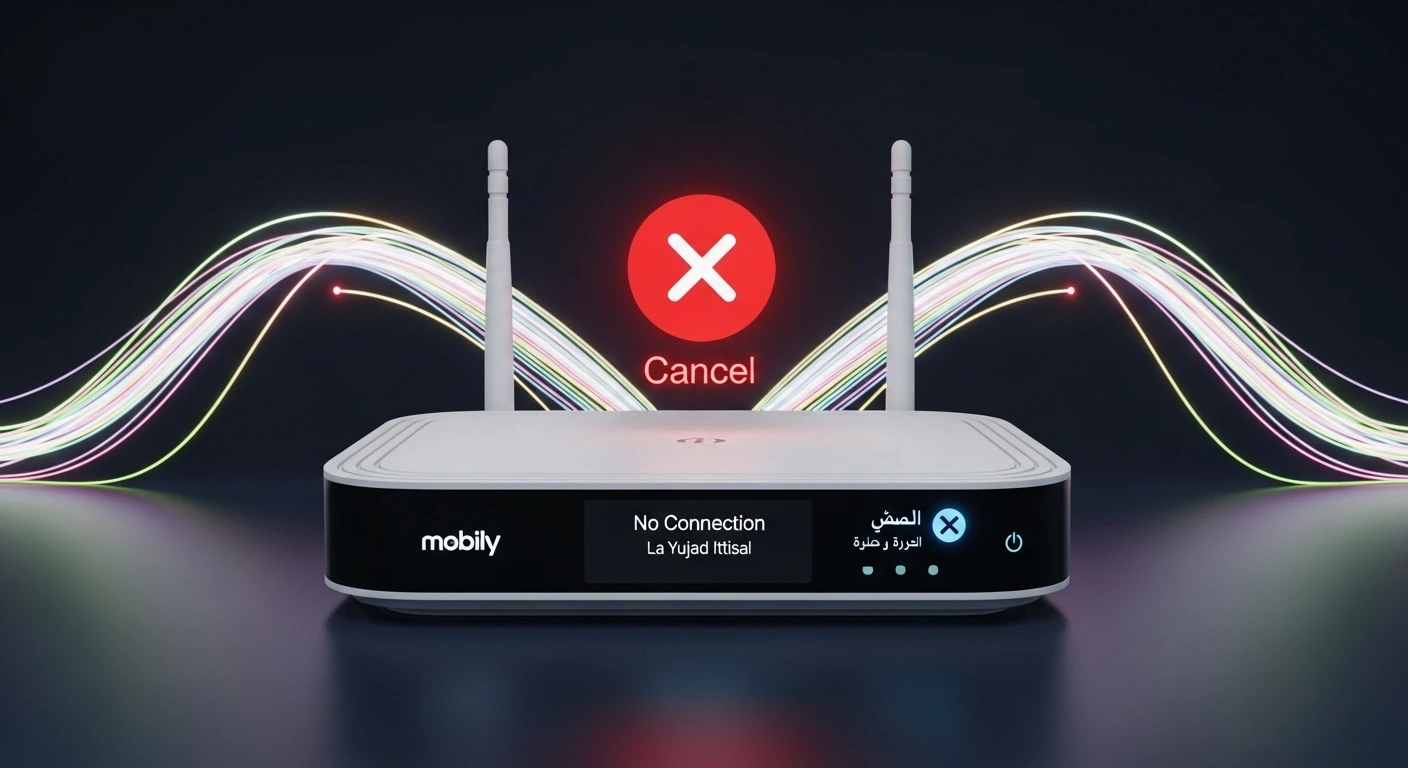

1 thought on “Ceer EV to Hit Saudi Roads in 2026 — $1.3B Plant, 240k Cars/Year and 30,000 Jobs Promised”
Comments are closed.